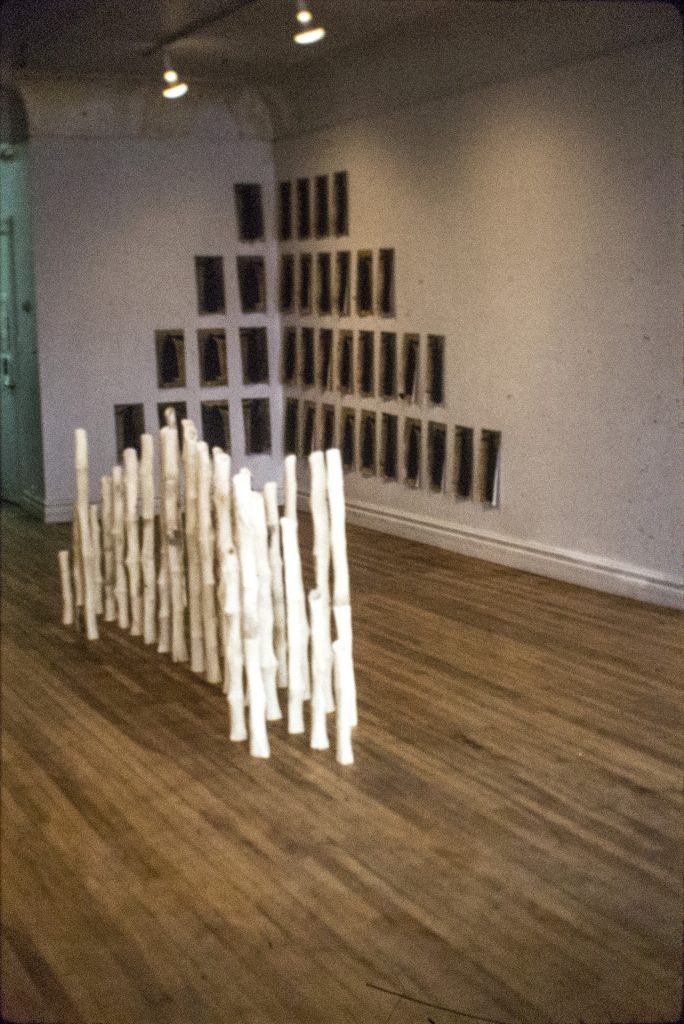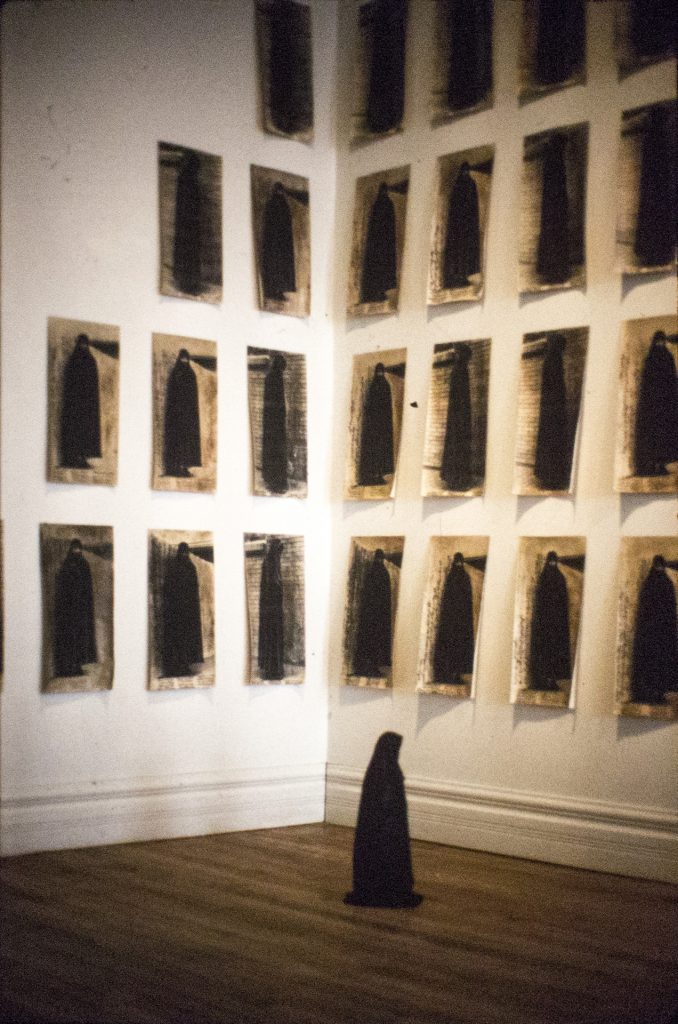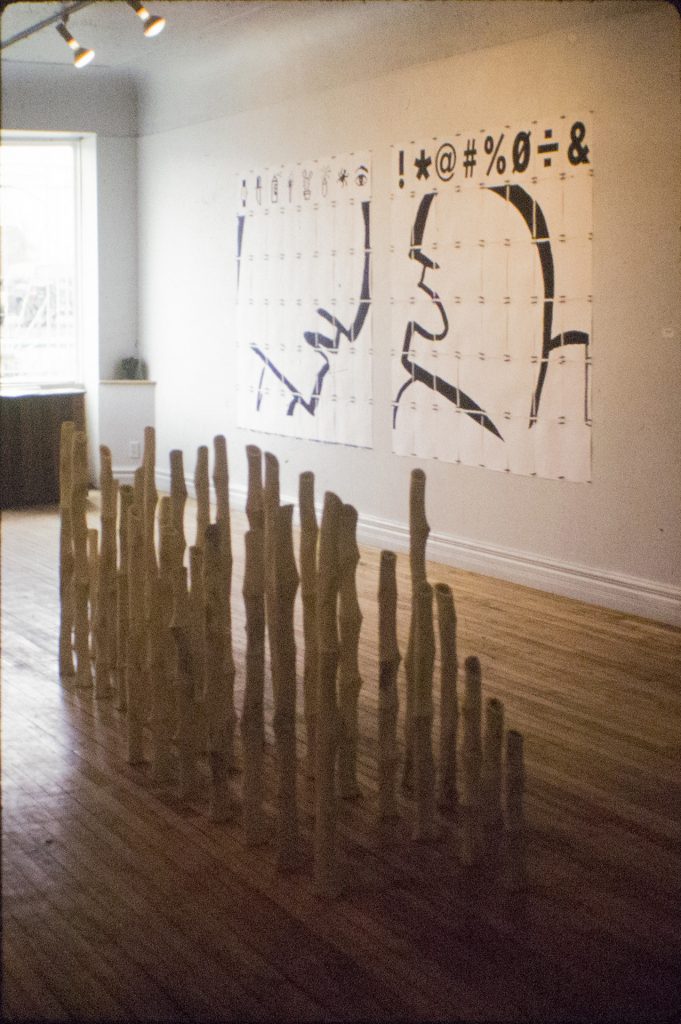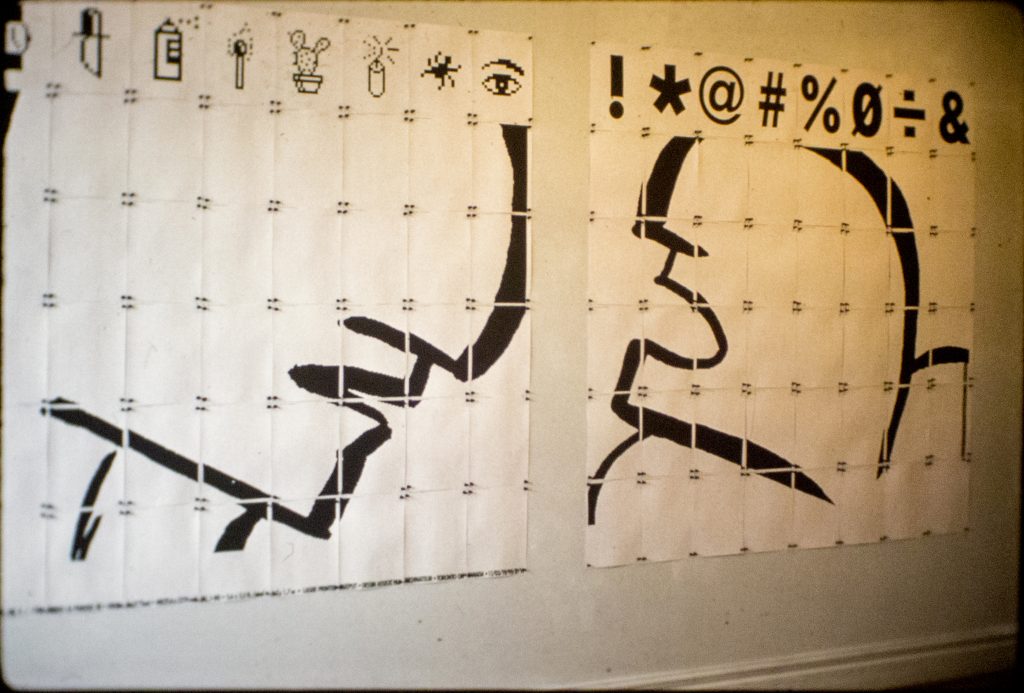Curator : Marie-Jeanne Musiol
At first glance, the four artists exhibiting here have little in common. Their eclectic concerns run a gamut: probing of atmospheric phenomena (Lavoie), of identity questions linked to wearing the tchador (Bahrami), of contradictions within available spaces for speech (Walty), of bone as sculpture material (LaGaan).
However, each work deploys itself in the form of a series where repetition continues to exercise an enduring attraction for endless combinations. The series leaves the work of art open to multiple renderings and meanings in a sea of possibilities, while simultaneously reinstating narrativity and time as necessities. Perhaps, the seduction of seriality lies in its capacity to function as a visual mantra.
—Marie-Jeanne Musiol




LaGaan
LaGaan lives and works in Bromont, in the Eastern Townships. She has been committed to her art for over 20 years. She creates works of arts for the outdoors, for public or private gardens, for exhibition grounds and for interior living spaces. In the past, she has worked with wood sculpting, as well as with bronze casting and smelting. She now devotes her time to the complex assembly of bones and horseshoes by giving them a new purpose, in an artistic sense. Her true source of inspiration derives from these materials, as they are, in their true form.
Artist ProfilePaul Walty
Paul Walty, a visual artist based in Toronto, has been active professionally since 1980. For the most part, drawing is his medium of choice. French and English, both spoken and written, are frequent sources of inspiration.
Artist ProfileShahla Bahrami
Shahla Bahrami's work finds its source in the chador. A semicircular garment, the chador is worn by Muslim women to hide their hair and body. Today, this garment is both a response to religious obligations and a symbol of resistance to the encroachment of Western culture. What may surprise is that despite its powerful religious and cultural value, this item of clothing appears only very rarely in Islamic arts. After fourteen centuries under the influence of Islam, the image of Muslim women in painting remains the same. Intact. This pictorial continuity, which does not carry the movement of society during this period, is considerable. The Egyptians do the same: they continue to paint on the papyrus the servants of the pharaohs and in Persian miniature, the women dressed in bright colours. These approaches and artistic productions refuse to capture the essence and the real image of Muslim women in today's society.
Artist Profile
